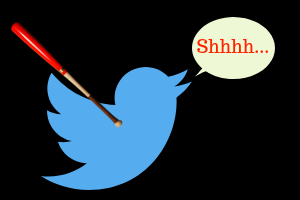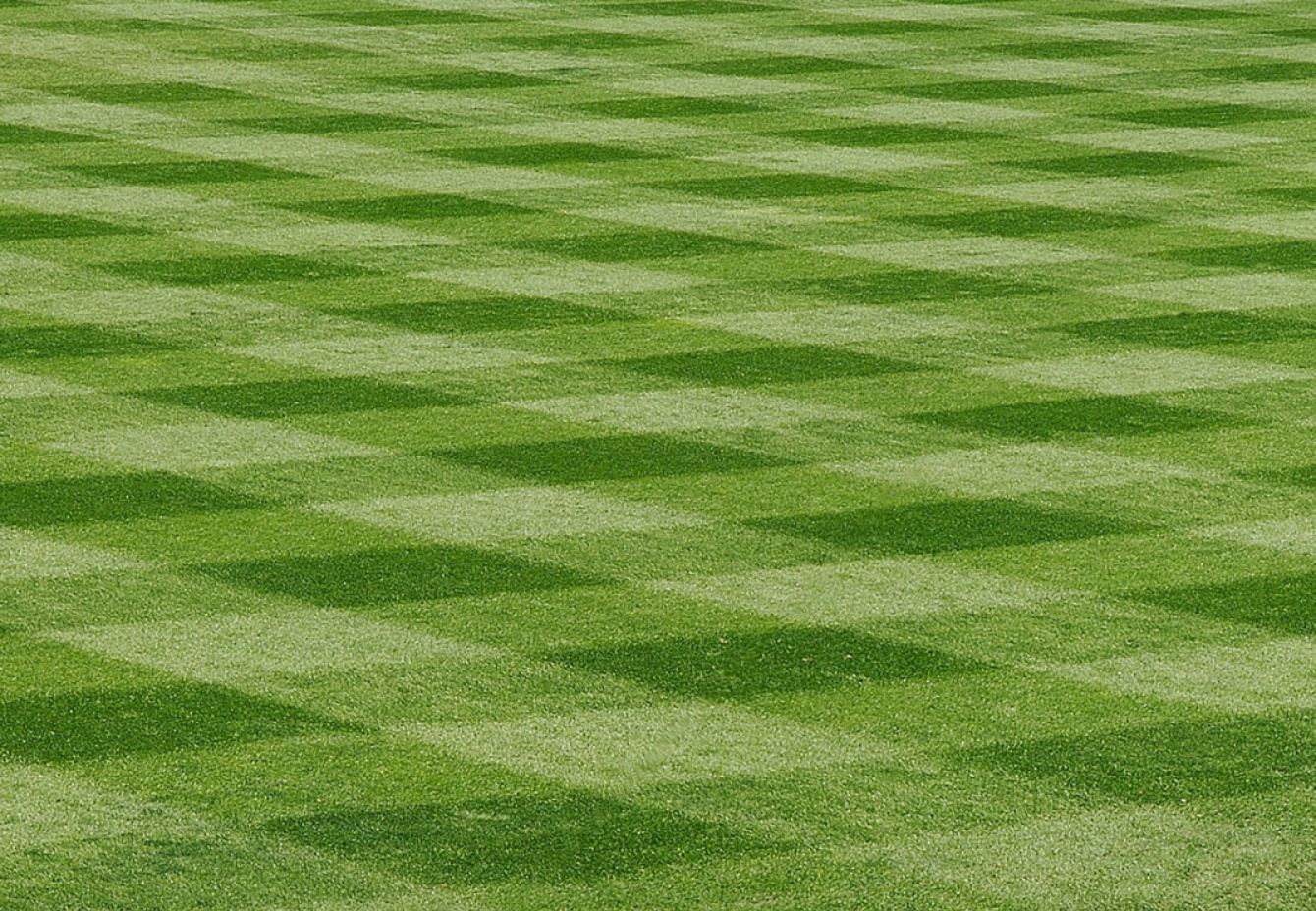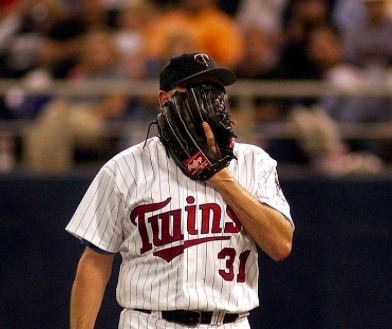
Many high school pitchers, and even college pitchers, go through a great deal of confusion and frustration when it comes to throwing their secondary pitches. They will ask themselves, which one(s) to throw, which one best compliments their fastball, and so on. What they have to keep in mind, as their body grows and develops, pitches that they had success with in recent years, may no longer work for them.
As baseball is a continual game of adjustments, a pitcher may have to move on from the traditional curveball he was taught in his early/mid teen years. Allow this post to shed some light on recent struggles that you may have had with your breaking ball.
Here are 5 Reasons Why My Curveball SUCKS!!!
My Curveball SUCKS
It’s Too Damn Delicate to Throw
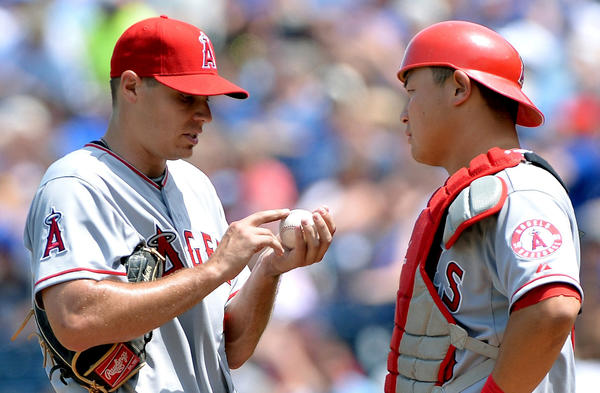
When you were younger, you didn’t have the strength to pitch comfortably from 60’6” as you do today. You were merely hoping that the ball would reach the plate. So any thought about overthrowing was completely out of the question. Plus, that football curve from little league will no longer be effective at the next level. Now as you are more matured and seeing increases in your velocity, as well as adreanaline, it can be rather difficult to go from fastball to curveball. The curveball often time has the feel like you have to place it instead of throw it!
Delivering a fastball is a more fluid delivery. You can rear back and fire, let it rip, and challenge the hitter to see how far he can hit it (or swing & miss). With a fastball, you don’t think about your rhythm or tempo, you just go with it. It is most natural to you. So you are fed up with having to gather yourself together just to change speeds. Add in a pitching coach that uses his inside joke, Buzz Words to make the process more difficult, and the strike zone will look like a you are pitching uphill from centerfield.
MY CURVEBALL SUCKS
Are You Tipping the Pitch?
Because of the adjustments mentioned in the previous point, it is common for pitchers to tip their breaking balls. There are several ways that the opposition can pick up on a TELL.
The first is digging for the ball in the glove. As I just mentioned, that throwing a fastball has a natural rhythm. Grip the ball and go is the simplest thing that comes to mind with most pitchers. For secondary pitches, the pitcher can be seen digging more into his glove to grip the ball after getting the sign from the catcher. If you begin on the rubber with the ball in your glove, find a position for the ball where you can grip all of your pitches without any extra, noticeable hand movement.
Also keep in mind, for your benefit, it is both fun & strategic to mess with a hitter’s head. Just like the mental effect from shaking off your catcher’s signs, fumbling for the ball can also be effective. If you were to throw a fastball early in the count, pretend like you are having trouble deciding on which pitch to throw. This just makes the hitter even more at your mercy.
Other ways of Tipping the Curveball
The arm position in the glove. Elbow up, elbow down. That is an obvious one and gives the hitter more prep time.
Arm action. A pitcher may cock his wrist or shorten his arm path when he throws a curveball to get on top of the pitch more. In the same regard, he may significantly shorten his stride also.
Facial expressions. Some pitchers stick their tongue out when throwing a breaking ball. Other may give it away with their eyes. Keep your poker face the same for every pitch.
The last major way of tipping the curveball, is that he has no confidence in it. For example, he just threw 5 straight fastballs, now he has to change speeds. The catcher puts down #2, however, he might as well signal it to the whole ball park that it is coming.
Everything in his body language tenses up as he has that hot under the collar look. He stands on the mound with obvious uncertainty. His delivery is at a much slower pace. A good enough hitter who can pick up on this is looking for the curveball in one spot, and will lay off of everything else. This can change the course of the at bat for the hitter’s favor as well. Don’t ever let that happen when it is something that you can control.
My Curveball SUCKS
Too Many Experts Have Filled Your Head With NONSENSE How to Throw It

For starters, they rock the Buzz Words to confuse the heck out of you. Everything from pull down the shade, to bend your back, or FINISH IT!!!!! Or they get very scientific with hand angles, release angles, dual finger pressure, or even obscure targets that don’t exist.
The experts can provide all the flashy words and science backed claims they wish, however, they leave out something important.
The simplest thing which too many do not teach with a breaking ball:
Where do you want the pitch to start, where do you want it to end….Go make it happen!
My Curveball Sucks
Because You are Actually Throwing More of a Slider
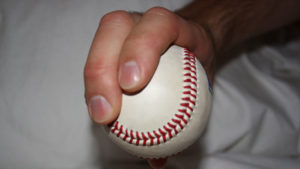
Many pitchers who have the mentality mentioned in the first point, who can locate their breaking ball are throwing more of a Slider. They throw it with fastball arm speed and are comfortable doing so. Because of this, the pitch will break stay down more in the zone, thus breaking later and sharper…more like a Slider. Some may call it a slurve, which is fine. If the pitch is effective, that is all that matters. If you realize this, then you already have the foundation for a Slider. Tighten up the Slurve, and you will get a Slider with a sharper, more downward tilt. Dominant!
My Curveball SUCKS
Then You Shouldn’t be Throwing It
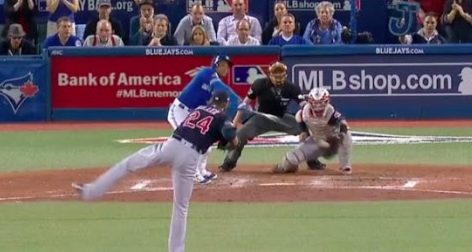
You will know first and foremost if your curveball sucks. Pitching provides great feedback. Don’t rely on coaches at the lower levels to tell you when it is time to scrap your curveball. Every pitcher first learns the curveball as a breaking ball. Just the way it goes. Nothing wrong with it. Sometimes, from a good instructor, others learn it rogue. The bottom line, is that you are either suited to throw the curveball….or you are not. Some coaches will keep pushing you to throw it like there are no other options. Because to them, there aren’t.
Often times, pitchers at the high school and college levels, may struggle to be consistent when they throw both a curveball and a Slider. The release of the 2 can often offset the other’s effectiveness. Therefore, neither pitch gets enough reps to be consistent, and you can be left with 2 mediocre breaking balls. That just means the hitter is sitting fastball more often. Never Good.
Chris Sale learned the Slider in college when he realized his curveball was very ineffective. Andrew Miller tightened up his loopy curveball while in the Show. Thus he transformed it into the devastating Slider that no big league hitter wants to face, right or lefthanded.
My Curveball Sucks
Where to Go Now?
If you are tired of the struggle with the curveball and you are running out of time to find something better, simply Download our complimentary AudioBook, 7 Reasons Why YOU Should Throw a Slider.
In just under 30 minutes from now, you will know whether or not the Slider is the pitch for you to Dominate Hitters at the next level.
Keep Dominating!!!
About the Author
 Brad Kirsch is the Owner/Creator of Slider Domination. He is a former professional pitcher who blogs about all things Pitching. Brad has also authored the AudioBook, 7 Reasons Why YOU Should Throw a Slider. If you haven’t done so already, you can Download the AudioBook Here
Brad Kirsch is the Owner/Creator of Slider Domination. He is a former professional pitcher who blogs about all things Pitching. Brad has also authored the AudioBook, 7 Reasons Why YOU Should Throw a Slider. If you haven’t done so already, you can Download the AudioBook Here


